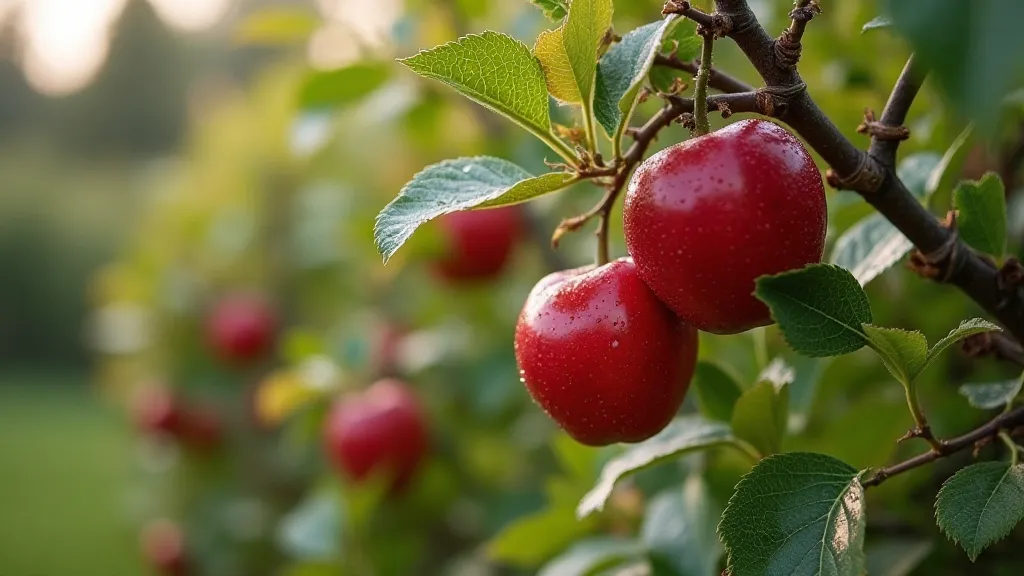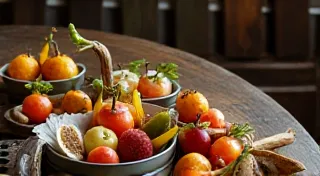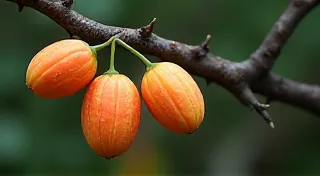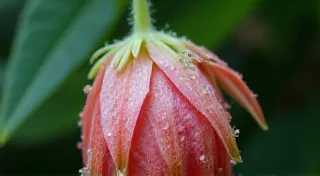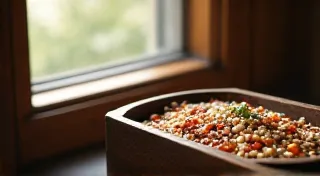The Weaver’s Hand: Espalier and Orchard Sculpture
There’s a quiet melancholy that settles over me when I hold an antique accordion. Not a sadness, exactly, but a deep resonance with the hands that built it, the music it once held, the laughter and perhaps even tears it witnessed. It's a feeling of connection across time, a tangible link to a craftsmanship that feels increasingly rare. Espalier, I’m discovering, evokes a similar feeling. It’s not merely fruit growing; it’s a form of living sculpture, a conversation between the gardener and the tree, a testament to patience and artistry.
Imagine a wall, not just a barrier, but a canvas. Upon it, a pear tree, its branches deliberately coaxed into a fan shape, a vibrant tapestry of foliage and blossoming white flowers in spring, laden with ripening fruit in autumn. This is espalier, a practice with roots stretching back centuries, and one that offers a unique blend of aesthetic beauty and practical fruit production, especially beneficial for those of us with limited space.
The word "espalier" itself has a beautiful, almost musical quality. Its origins are French, derived from the Italian "spalliera," meaning "brace" or "supporting beam." Historically, espalier was essential in European estates, particularly in castles and manor houses. Limited space within castle walls demanded innovative solutions. Walls provided protection from harsh winds and offered a microclimate that extended the growing season, but they also restricted the available growing area. Espalier became the answer, allowing noble families to cultivate abundant fruit harvests, transforming their formal gardens into edible masterpieces.

Beyond the Practical: An Art Form
While the practicality of espalier – its ability to maximize fruit production in a compact space – is undeniable, it quickly evolved into something far more significant: an art form. Early examples, dating back to the Roman era, demonstrate a clear understanding of horticultural principles combined with an appreciation for visual design. The Romans used espalier for ornamental fruit trees in their villas, creating living walls of fruit. During the Renaissance, the practice flourished, becoming a sign of wealth, sophistication, and horticultural expertise. Formal gardens were meticulously planned, with espaliered trees forming integral parts of the design, often arranged in geometric patterns and paired with fountains and sculptures. Achieving such yields, however, often demanded a deeper understanding of the complexities of fruit cultivation - a dedication that would be tested by unforeseen circumstances and seasonal variations. The rewards, though, were a testament to the gardener’s skill and perseverance.
The process itself is deceptively simple in concept, yet incredibly demanding in execution. It starts with selecting a young fruit tree, typically a two-year-old sapling. The tree is then tied to a trellis or wall, and its growth is carefully controlled through pruning and training. Branches are tied horizontally, allowing them to develop in a controlled manner, either as a fan, a palmette (a broader, more layered shape), or a U-shape. The gardener is, in essence, directing the tree’s natural growth, guiding it into a predetermined form. It requires a keen eye for balance, a deep understanding of plant physiology, and an almost meditative level of patience. You’re not simply growing a tree; you’re shaping it, molding it into a living work of art. The delicate balance of nurturing these plants, understanding their needs and respecting their natural rhythms, is an art in itself, a practice that touches upon the very essence of connecting with the earth. For those seeking to deepen their connection to these cycles, exploring techniques like those found in harnessing natural rhythms for abundant yields can offer invaluable insights.
Choosing Your Tree and Design
Not all fruit trees are equally suited to espalier. Trees with naturally flexible branches, such as apples, pears, peaches, and plums, are generally the easiest to train. Dwarf varieties are often preferred, as they are more manageable and tend to have more flexible wood. However, even larger varieties can be espaliered with proper training and support. Selecting the right variety, and understanding its specific needs throughout the growing season, is crucial to success. Furthermore, the processes of fermentation and transformation can be applied to the fruits harvested, creating opportunities for preservation and exploration – a path detailed further in the art of orchard alchemy.
The design you choose will depend on your aesthetic preferences, the available space, and the type of fruit tree you’re using. The fan shape is the most common, providing a balanced and visually appealing appearance. The palmette design, with its layered branches, creates a more dramatic effect, resembling a living screen. The U-shape is well-suited for smaller spaces or for creating a tunnel-like effect. It’s a journey of discovery, experimenting with different forms and techniques until you find what resonates with your vision.
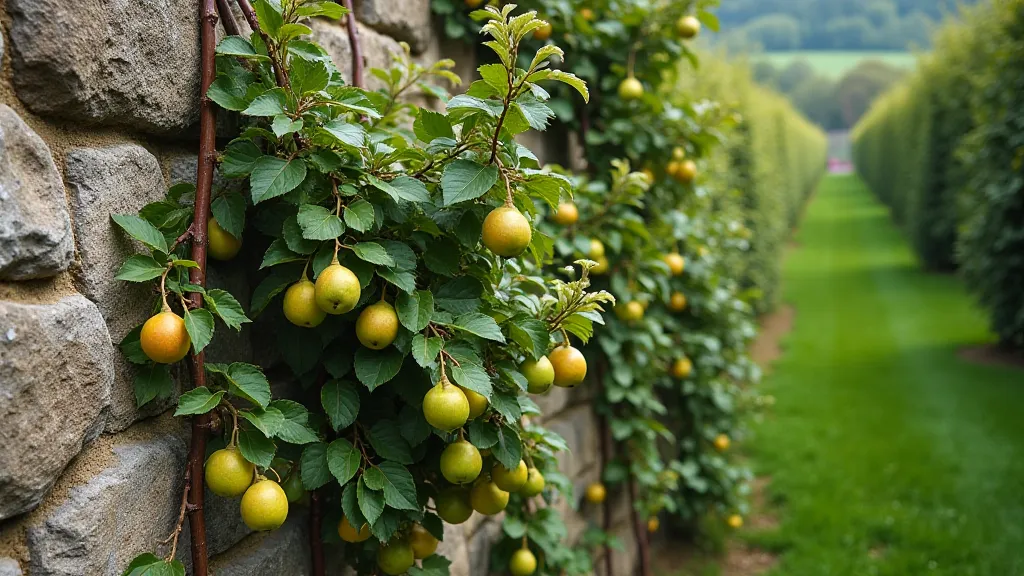
The Restoration Parallel: Patience and Precision
There's a fascinating parallel between the meticulous care given to an antique accordion and the dedication required for espalier. Restoring an accordion involves painstakingly cleaning, repairing, and replacing damaged components, breathing new life into a silent instrument. The process demands a deep understanding of its mechanics, a steady hand, and an unwavering commitment to preserving its original character. Similarly, espalier requires a deep understanding of plant physiology, a steady hand, and a commitment to shaping the tree's growth. Both endeavors require a similar level of patience, precision, and respect for the materials involved.
Just as a skilled accordion restorer will carefully assess the condition of each reed and valve, an espalier gardener must regularly inspect the tree for signs of disease or pests. Pruning must be done with precision, removing unwanted growth and encouraging the development of desired branches. Tying the branches to the trellis requires a gentle touch, ensuring that the tree is properly supported without causing damage. The fleeting nature of certain fruits, and the need to capture their peak ripeness, adds another layer of complexity and urgency to the orchardist's craft – a challenge celebrated in the art of harvesting time-sensitive fruits.
The Rewards of an Orchard Sculpture
The effort involved in creating an espalier orchard is substantial, but the rewards are immeasurable. Beyond the delicious, homegrown fruit, there’s the profound satisfaction of creating something beautiful and enduring. The sight of an espaliered tree, its branches gracefully arching against a wall, is a testament to the power of human ingenuity and the beauty of the natural world. It’s a living sculpture, a conversation between the gardener and the tree, a connection to centuries of horticultural tradition. The beauty of these creations isn't solely in their visual appeal, but in the dedication and artistry that goes into their creation – mirroring the careful preservation of heritage crafts, a shared reverence for time and skill.
And there's a certain quiet joy in the act itself - the focused attention, the rhythmic pruning, the gentle tying of branches – a meditative practice that connects us to the cycles of nature and the enduring beauty of the orchard. Just as the music of an antique accordion can transport us to another time and place, an espaliered tree can enrich our lives with beauty, flavor, and a profound sense of connection to the past. Cultivating an orchard, especially one incorporating espalier techniques, is more than just a horticultural practice; it's an act of creation, a testament to the enduring partnership between humans and the natural world.
